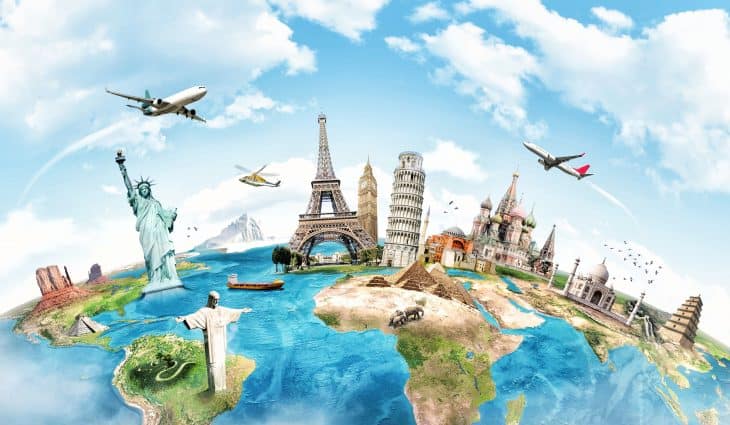
There’s a lot about the world that can surprise you, if you take the time and effort to find them. To spare you the trouble, here are facts from all around the world to stir up your appetite for more.
Quick Facts
Essential Facts
Interesting Facts
- There are 195 countries in the world today.
- As of June 2019, the world’s population numbers 7.58 billion people.
- The average life expectancy of people around the world is 72 years.
- 18 children are born for every 1000 people in the world as of 2019.
- 8 deaths occurred for every 1000 people in the world as of 2019.
- Humanity’s ancestors discovered fire approximately 500,000 years ago.
- Humans began farming during the New Stone Age.
- Sumer, the first civilization in the world, rose in Mesopotamia in 4000 BC.
- Most major religions first appeared between 900 to 200 BC.
- Universities first appeared in Europe during the High Middle Ages.
- The Black Death killed between 75 to 200 million people during the Late Middle Ages.
- Western imperialism first arose in the late-15th century.
- Modern democracy began with the American and French Revolutions in the 18th century.
- The United Nations was formed after the end of World War II in 1945 to prevent another world war.
- The Cold War lasted until Communism’s collapse at the end of the 20th century.
- Coca-Cola is unavailable in only two countries: Cuba and North Korea.
- South Sudan became the youngest country in the world after independence in 2011.
- There are 39 time zones around the world.
- There are currently 26 reigning royal families around the world.
- On average, 14 million storms rage across the world in a single year.
Table of Contents
Was this page helpful?
Our commitment to delivering trustworthy and engaging content is at the heart of what we do. Each fact on our site is contributed by real users like you, bringing a wealth of diverse insights and information. To ensure the highest standards of accuracy and reliability, our dedicated editors meticulously review each submission. This process guarantees that the facts we share are not only fascinating but also credible. Trust in our commitment to quality and authenticity as you explore and learn with us.


